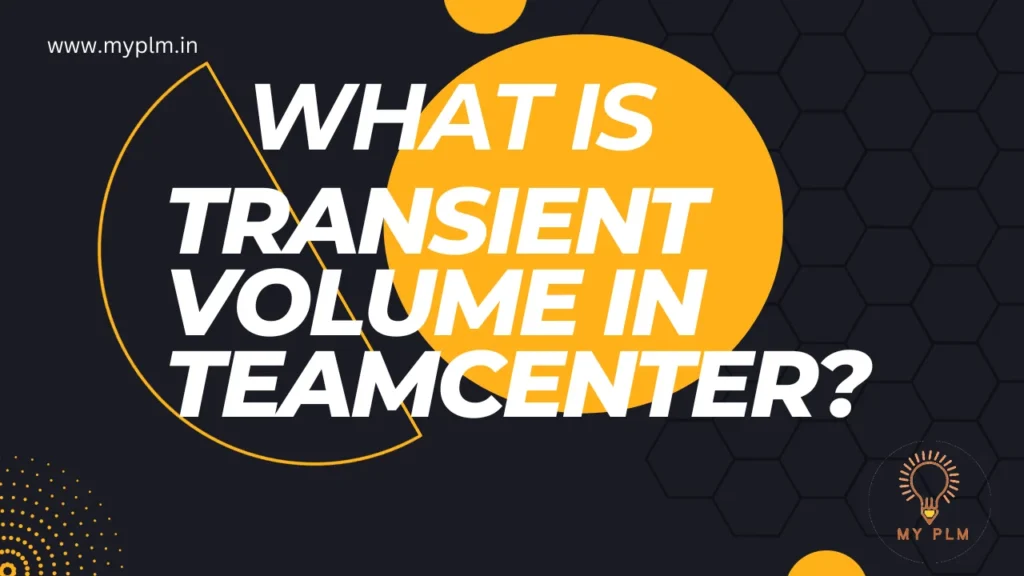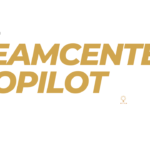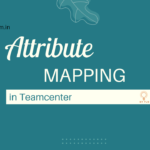Teamcenter, a comprehensive product lifecycle management (PLM) solution, plays a pivotal role in managing the complexities of product development and design. Within the vast array of features and functionalities that Teamcenter offers, one term that often comes up is “Transient Volume.” In this blog post, we’ll delve into what Transient Volume is, its significance, and how it contributes to the efficiency of product lifecycle management.
Table of Contents
Defining Transient Volume
In Teamcenter, a Transient Volume is a virtual workspace designated for the temporary storage and manipulation of data associated with product development activities. Unlike other volumes in Teamcenter that store persistent data, the Transient Volume is temporary, mainly used for activities like design exploration, collaboration, and simulation.
Key Characteristics of Transient Volume
1 Temporary Storage
Transient Volumes are not intended for long-term storage. Instead, it serves as a sandbox environment where users can experiment, modify, and analyze data without affecting the master dataset.
2 Collaborative Design
It facilitates collaborative design activities by allowing team members to work on the same set of data concurrently. Changes made in the Transient Volume can be reviewed and merged before committing them to the master dataset.
3 Design Exploration
Transient Volume is particularly useful during the design exploration phase. Engineers and designers can create alternative design iterations, perform what-if analyses, and evaluate different scenarios without altering the original design.
4 Simulation and Analysis
Engineers often use Transient-Volume for simulation and analysis purposes. They can import data into the Transient-Volume, apply simulations, and assess the impact of design changes without affecting the main product data.
How Transient Volume Enhances Teamcenter Functionality
1 Risk-Free Experimentation
With Transient-Volume, users can experiment with design changes without the fear of making irreversible modifications to the master dataset. This promotes a culture of innovation and risk-free exploration.
2 Parallel Workflows
The ability to work in parallel within the Transient-Volume supports collaborative workflows. Team members can simultaneously contribute to a project without waiting for one another, improving overall productivity.
3 Optimized Performance
By keeping the main dataset unaffected during experimentation, Transient-Volume helps maintain the performance and integrity of the core Teamcenter environment. This ensures that critical data remains stable and accessible.
Conclusion
Transient-Volume in Teamcenter serves as a dynamic and flexible workspace for users involved in product development. Its temporary nature allows for risk-free experimentation, collaborative design, and efficient analysis. By leveraging Transient Volume, organizations can foster innovation, streamline workflows, and ultimately enhance the overall efficiency of their product lifecycle management processes. As technology continues to evolve, the role of Transient-Volume in Teamcenter is likely to become even more crucial in facilitating agile and collaborative product development.
Read More Articles
Exploring the Power of Tiles in Teamcenter’s Active Workspace Client
Understanding the Contrast: Volume vs. Database in TC
Exploring TC: The Central Hub for Product Lifecycle Management
Understanding Item Revision in TC: A Comprehensive Guide
Unlocking Efficiency and Precision: Understanding Workflow Designer in TC
Understanding PLM (Product Lifecycle Management): A Comprehensive Guide
Demystifying BMIDE in TC: Empowering Effective PLM Solutions
Understanding Organizations in TC: Building Efficient Work Structures
Demystifying Datasets in TC: A Comprehensive Guide
A Step-by-Step Guide to Installing TC Software
Revealed Pseudofolders in Siemens TC: Simplifying Data Management for Engineers
Unlocking TC’s Potential: A Guide to Creating Custom Properties
Unlocking Efficiency and Precision: Understanding Workflow Designer in TC
Understanding PLM (Product Lifecycle Management): A Comprehensive Guide
Demystifying BMIDE in TC: Empowering Effective PLM Solutions
Understanding Organizations in TC: Building Efficient Work Structures
Unlocking Efficiency and Precision: Understanding Workflow Designer in TC
Understanding PLM (Product Lifecycle Management): A Comprehensive Guide
Demystifying BMIDE in TC: Empowering Effective PLM Solutions
Understanding Organizations in TC: Building Efficient Work Structures







